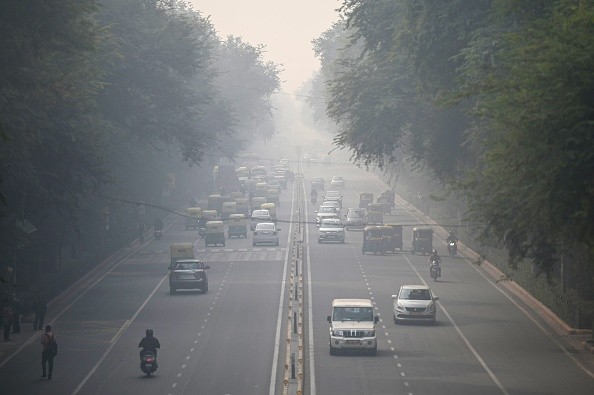Air pollution from cars, factories, and other sources is blanketing cities all over the world, claiming the lives of people. More than 1.8 million people lost their lives in 2019 due to poor air quality in cities. Air pollution has terrible effects not only on human health but also on the environment.
People living in cities are exposed to fine particulate matter that exceeds the World Health Organization's 2005 limits by an estimated 86 percent, according to new modeling study.

Impacts of Urban-air Pollution
According to a research published in The Lancet Planetary Health journal on Jan. 5, urban air pollution contributed to an additional 1.8 million deaths in 2019.
In terms of disease risk, fine particulate matter (PM2.5) with a diameter less than 2.5 micrometers (m) is the most significant environmental exposure source.
Inhaling this increases the risk of premature death from cardiovascular disease, respiratory disease, lung cancer, and lower respiratory infection, researchers write in background notes.
Most air pollutants are invisible and odorless. The harmful effects of air pollution are generally not felt until years later.
As the study's primary author, Veronica Southerland from the George Washington University in Washington, D.C. said, the majority of the urban population still lives in locations with harmful levels of PM2.5.
According to Southerland, for air pollution to be avoided, cutting emissions is not enough, but also enhancing general public health to decrease susceptibility.
Researchers Examined PM2.5 Concentration
Between 2000 and 2019, a total of 13,000 cities throughout the world were studied as part of a new study on PM2.5.
In 2019, the average population-weighted PM2.5 concentration across all metropolitan areas worldwide was 35 micrograms per cubic meter, which is unchanged from 2000 and seven times the WHO's 2021 limits, according to Phys.org.
61 out of every 100,000 fatalities in cities in 2019 were thought to be caused by PM2.5, according to the study's estimates.
Over half of the world's population currently lives in cities. It is possible to find both increase and decrease in PM2.5 concentration across different areas when looking at them separately.

Deaths Linked to PM2.5
Between 2000 and 2019, the average population-weighted PM2.5 concentration in Southeast Asia increased by 27%. Deaths linked to PM2.5 rose from 63 to 84 per 100,000 persons in those years, an increase of 33 percent.
PM2.5 concentrations in African, European, and North and South American cities decreased by 18%, 21%, and 29%, respectively. This, however, did not lead to the same degree of reductions in PM2.5-related fatality rates as a result of these measures alone.
Other variables such as an ageing population and generally poor health, according to the scientists, influence pollution-related mortality rates.
Low birth weight, early delivery, and cognitive impairment are all possible consequences of exposure to PM2.5, although they were not examined in this research.
Related Article : Air Pollution Causes 7 Million Deaths Yearly, Prompting WHO to Strengthen Guidelines
For more news, updates about air pollution and similar topics don't forget to follow Nature World News!
© 2025 NatureWorldNews.com All rights reserved. Do not reproduce without permission.




